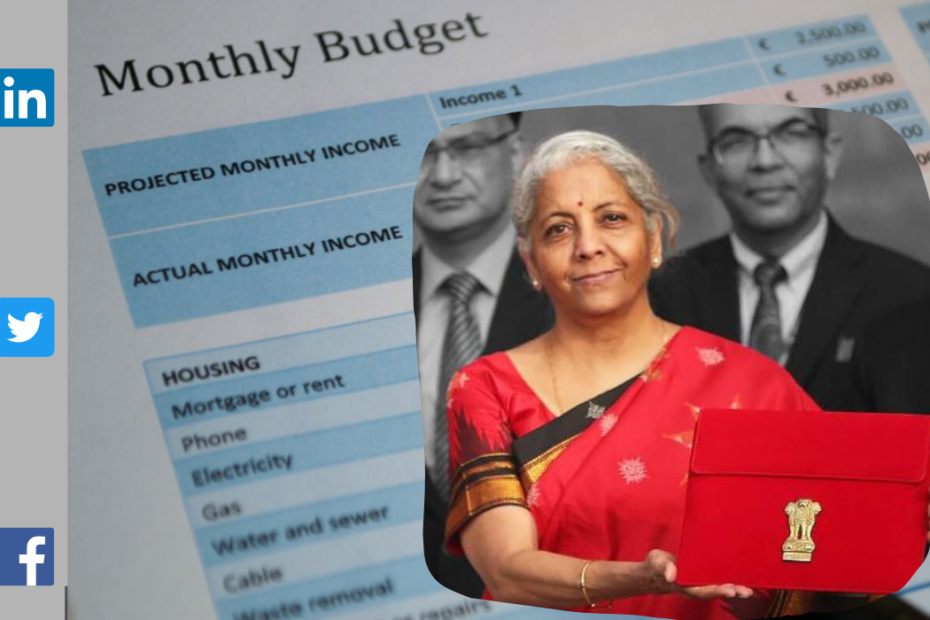How to Avoid a Climate Disaster: Bill Gates’ Gift his new book to Ratan Tata
Bill Gates, the co-founder of Microsoft and one of the wealthiest people in the world, recently gifted a copy of his new book, “How to Avoid a Climate Disaster,” to Ratan Tata, the former chairman… How to Avoid a Climate Disaster: Bill Gates’ Gift his new book to Ratan Tata









